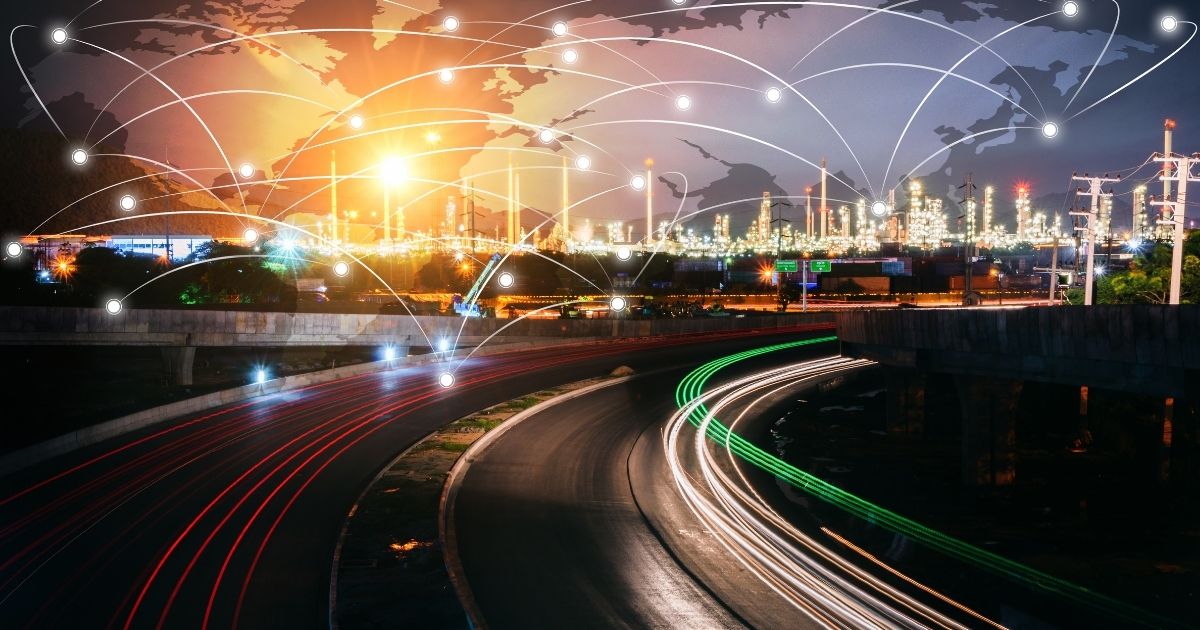- Who We Are
- What We Do
- Success Stories
- Careers
- News & Events
- Contact us

Among all the trends that will shape today’s governing sector, hyperconnected public services are among the top trends that are doing so. Such trends are linked directly to the policy and public administration issues that government leaders have to address, not to mention the ongoing pandemic that has affected how many public institutions work.
That being said, the goal of hyperconnected public services is to create a more automated approach to things like public health by implementing measures meant to tackle different problems. Today, let us talk about hyperconnected public services and see how governments and cities benefit from them:
Hyperconnected Public Services
As you might have guessed, the driver of hyperconnectivity today is the ongoing pandemic. While the road to hyperconnectivity has already been there before COVID-19, the pandemic made this need even more critical, causing government bodies to focus on hyperconnectivity more so than they previously did. This is because, with the help of hyperconnected cities, public safety can be more accurately maintained and monitored to ensure the virus doesn’t affect its population as rapidly as it could.
When talking about hyperconnected services, governments utilise such platforms to automate many of their business processes. They do this by using what is referred to as hyper-automation principles to drive automation at speed and scale with the help of automation technology. However, speed and efficiency isn’t the only thing that hyperconnectivity has to offer to public services.
One of the best things about hyperconnected public services is enhancing efficiencies that lower environmental impact. In a world where efforts revolving around reducing the environmental impact of our activities are so praised, hyperconnectivity is seen as a godsend. For example, smart public transport networks using technology such as 5G and IoT can allow individuals to travel around the city without relying on their vehicles as much. Such automation technologies help these transport networks perform much more effectively and efficiently, ensuring that their resident’s needs are met in real-time.
Another great thing about hyperconnectivity is the fact that it can also be used to create more automated approaches to maintain public health by offering automated prevention measures and emergency services. This results in a city that has its public health needs met more accurately and quickly as possible, ensuring the population is as safe and sound as it can be. For example, Japan has been testing drones to be used as early-warning systems if a natural disaster is occurring. Such systems can quickly warn inhabitants of the imminent danger and ensure everyone takes the appropriate action to stay safe.
Conclusion
All in all, hyperconnectivity has allowed governing bodies to unlock the various potentials of their cities, from their economic to their environmental value. Thanks to technologies like artificial intelligence, IoT, and more, these technologies have allowed cities to improve their ecosystem, benefitting all their citizens and any other stakeholders who have a part to play. That said, with the help of hyperconnected public services, governments can enjoy better results when tackling various challenges such as economic or social issues. It is a big challenge to overcome, but if done right, it can transform a city of today into a city of the future!
Informatics are specialists in infrastructure solutions and custom software development to help various organisations identify and implement effective and efficient IT infrastructures and software solutions. If you are looking for egovernment software solutions, work with us today!
Written by Daniele Paoletti
